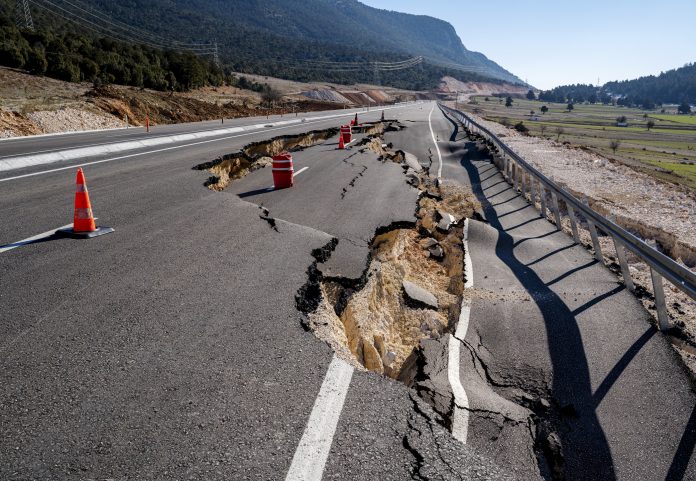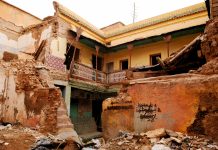Researchers have introduced a new metric called the earthquake fatality load (EQFL) to assess the impact of earthquakes on countries over the past five centuries
The study by Max Wyss and his colleagues at the International Centre for Earth Simulation Foundation shows how earthquake-related fatalities have affected different nations, emphasising the human toll rather than just property damage.
Measuring earthquake fatalities
The EQFL measures the ratio of earthquake fatalities to a country’s population at the time of the earthquake, providing a more comprehensive understanding of the impact.
By analysing earthquake data dating back to 1500, Wyss and his team calculated the EQFL for 35 countries and regions, capturing 97% of all earthquake-related fatalities.
The impact of earthquakes on smaller countries
Smaller countries like Ecuador, Lebanon, Haiti, Turkmenistan, Iran, and Portugal appeared most affected by earthquake fatalities. This highlights that the magnitude of earthquakes or property damage doesn’t necessarily correlate with the human toll.
Smaller countries suffer disproportionately due to the loss of life, which represents a larger proportion of their population. One notable aspect of the study is its review of countries with minimal tectonic activity.
Who ranks higher in the EQFL?
Countries without major tectonic plate boundaries and those with slow deformation accumulation rates on faults ranked high in EQFL. This highlights the importance of understanding earthquake risk beyond traditional seismic hotspots.
The study reveals encouraging global trends. Over the past 500 years, the EQFL as a function of magnitude has decreased in all analysed countries.
This decline can be attributed to advancements in building technology, improved emergency response systems, and urbanisation trends. With their modern infrastructure and swift emergency response mechanisms, cities tend to experience lower EQFL compared to rural areas.
EQFL decreases
Countries like California and a group comprising Colombia, Ecuador, and Mexico have shown the strongest decrease in EQFL, reflecting effective mitigation efforts over time. Italy stands out with the smallest EQFL decrease, likely due to the preservation of old buildings more vulnerable to seismic activity.
Max Wyss, a leading advocate for prioritising earthquake fatalities, underscores the importance of focusing on human lives rather than property. He co-developed QLARM (Quake Loss Assessment for Response and Mitigation), a real-time service that estimates fatalities, injuries, and building damage during earthquakes.
Preventing fatalities of seismic events
Even without financial compensation, Wyss’s dedication to preventing fatalities emphasises the urgency of addressing earthquake risk globally.
As seismic events threaten communities worldwide, initiatives like QLARM and the EQFL metric offer valuable disaster preparedness and response insights. By prioritising human lives and implementing effective mitigation strategies, countries can minimise the impact of earthquakes and safeguard vulnerable populations.
Editor's Recommended Articles
-
Must Read >> UK and Morocco: £1.45 million aid post-earthquake
-
Must Read >> Earthquake in Morocco triggers swift UK aid response














